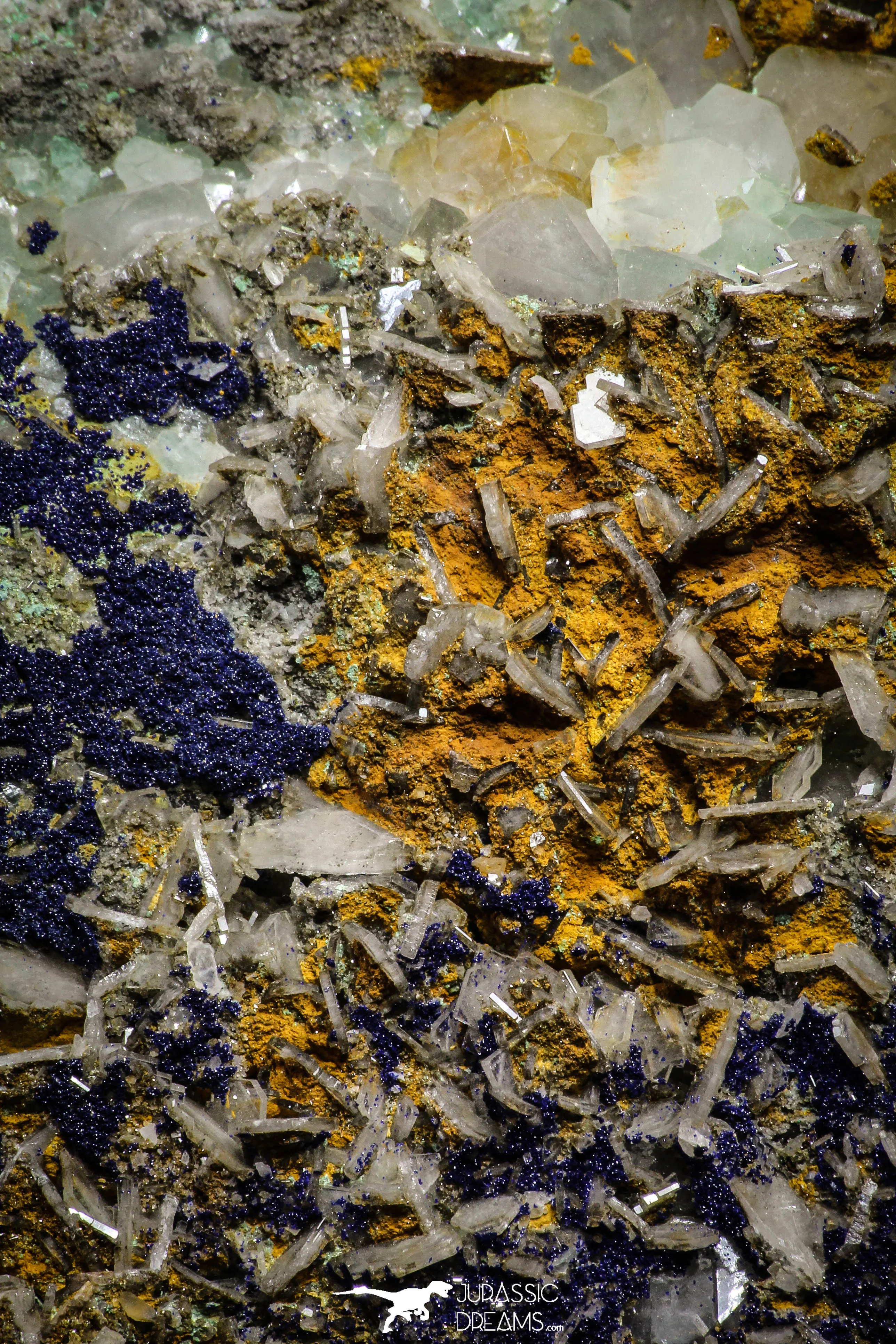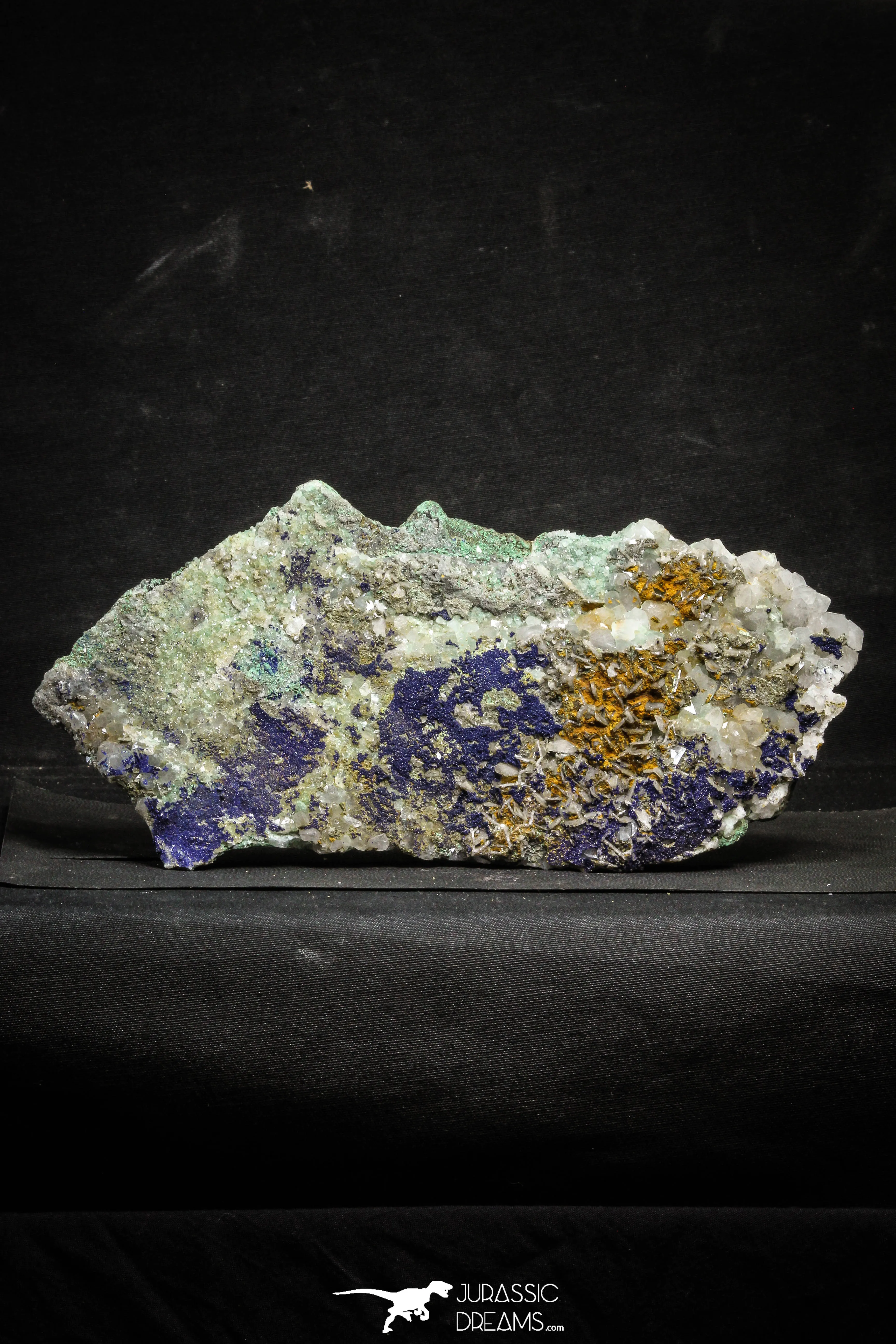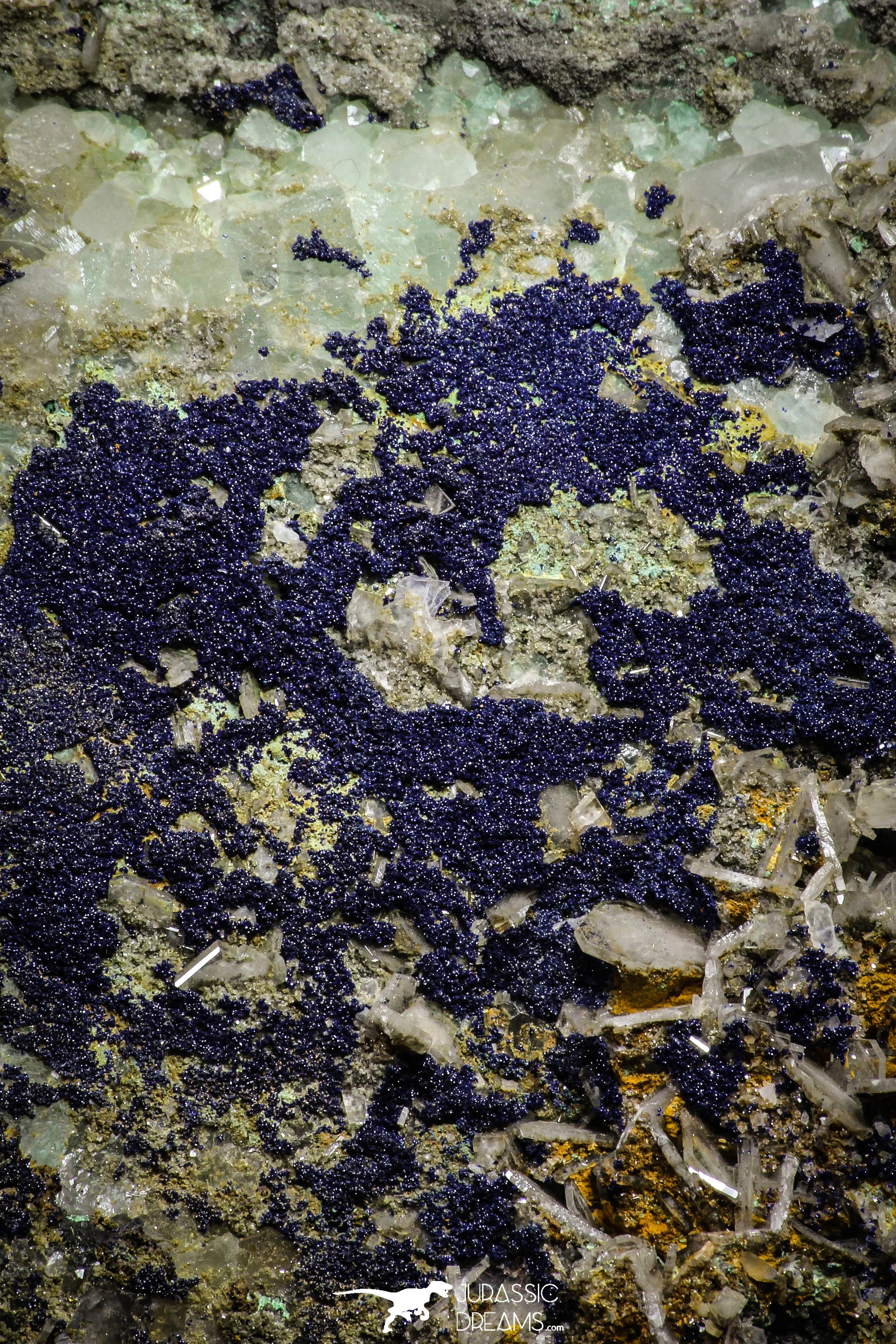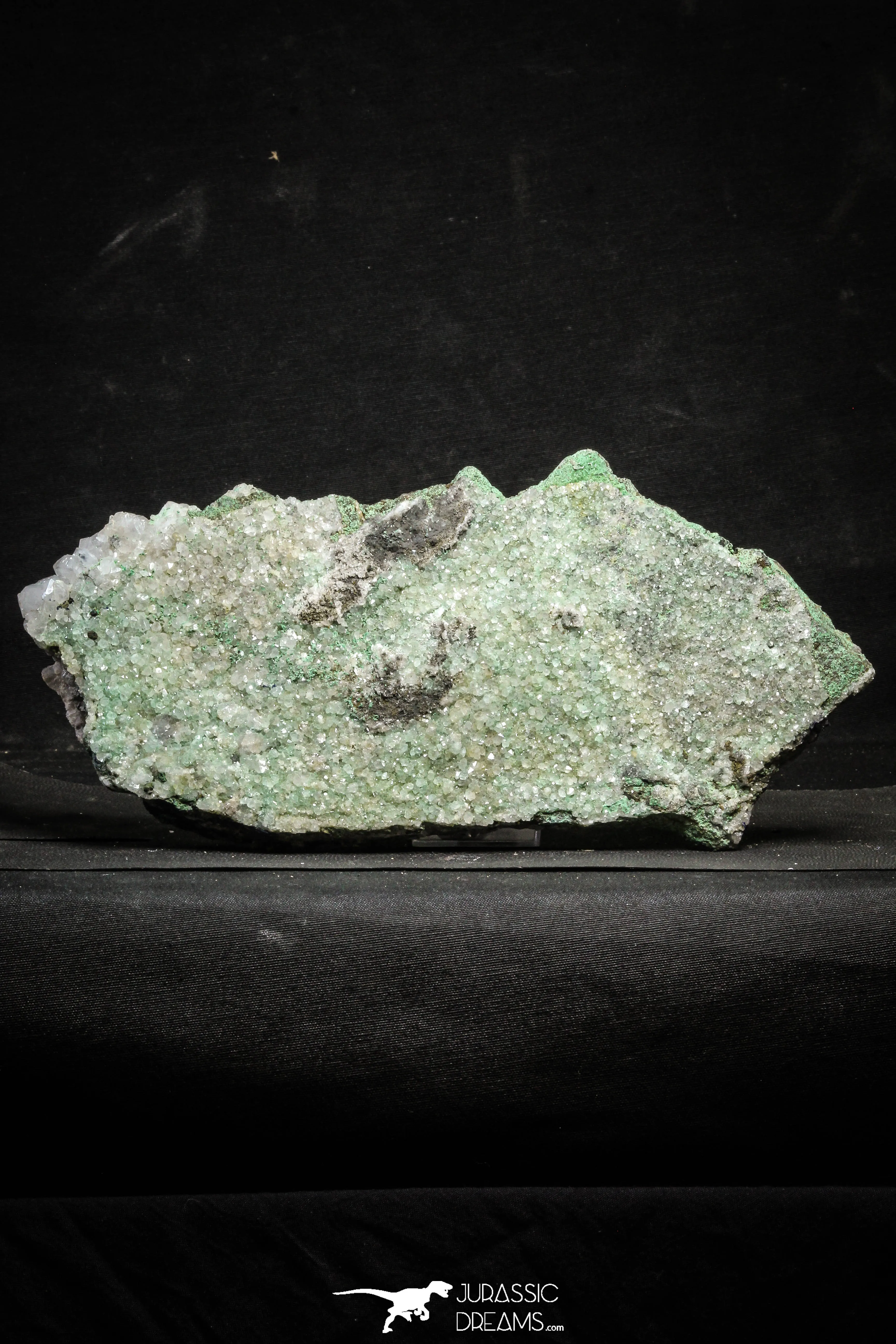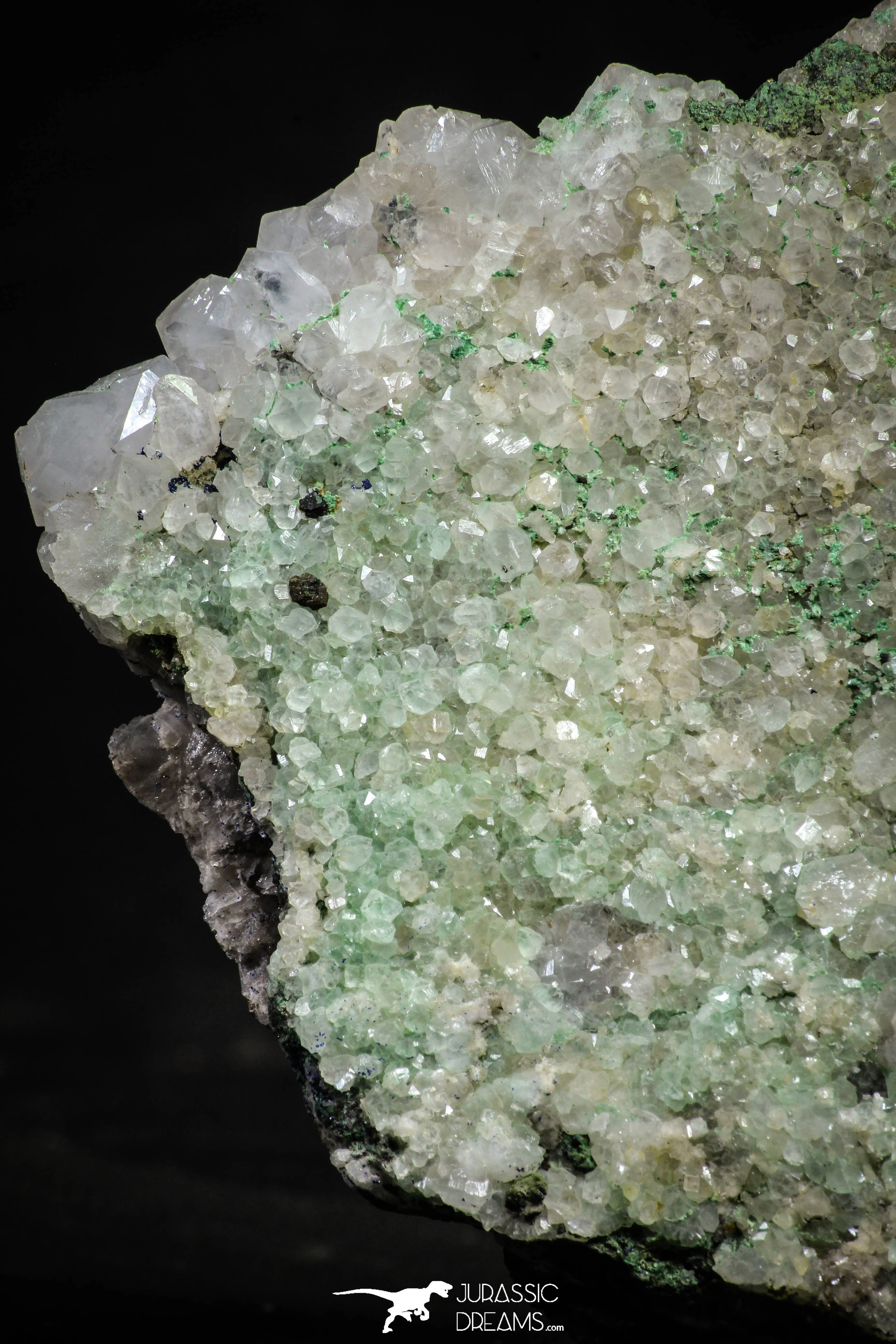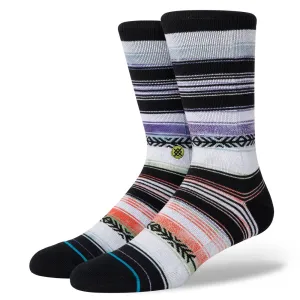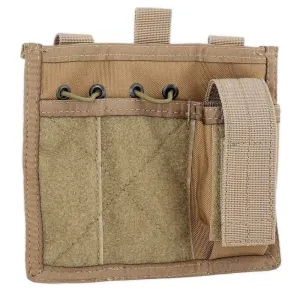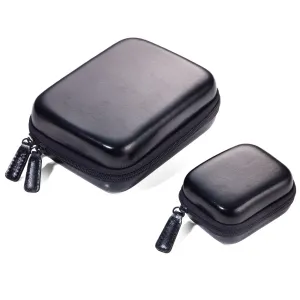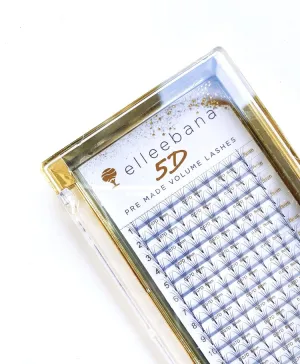Azurite is one of the two basic copper carbonate minerals, the other being bright green malachite. Simple copper carbonate (CuCO3) is not known to exist in nature. Azurite has the formula Cu3(CO3)2(OH)2, with the copper cations linked to two different anions, carbonate and hydroxide. Small crystals of azurite can be produced by rapidly stirring a few drops of copper sulfate solution into a saturated solution of sodium carbonate and allowing the solution to stand overnight.
Quartz is a mineral composed of silicon and oxygen atoms in a continuous framework of SiO4 silicon–oxygen tetrahedra, with each oxygen being shared between two tetrahedra, giving an overall chemical formula of SiO2. Quartz is the second most abundant mineral in Earth's continental crust, behind feldspar.
There are many different varieties of quartz, several of which are semi-precious gemstones. Since antiquity, varieties of quartz have been the most commonly used minerals in the making of jewelry and hardstone carvings, especially in Eurasia.
Baryte or barite is a mineral consisting of barium sulfate (BaSO4). Baryte is generally white or colorless, and is the main source of barium. The baryte group consists of baryte, celestine (strontium sulfate), anglesite (lead sulfate), and anhydrite (calcium sulfate). Baryte and celestine form a solid solution (Ba,Sr)SO4

